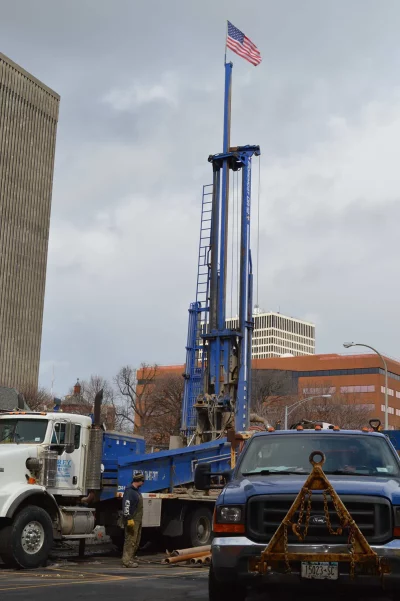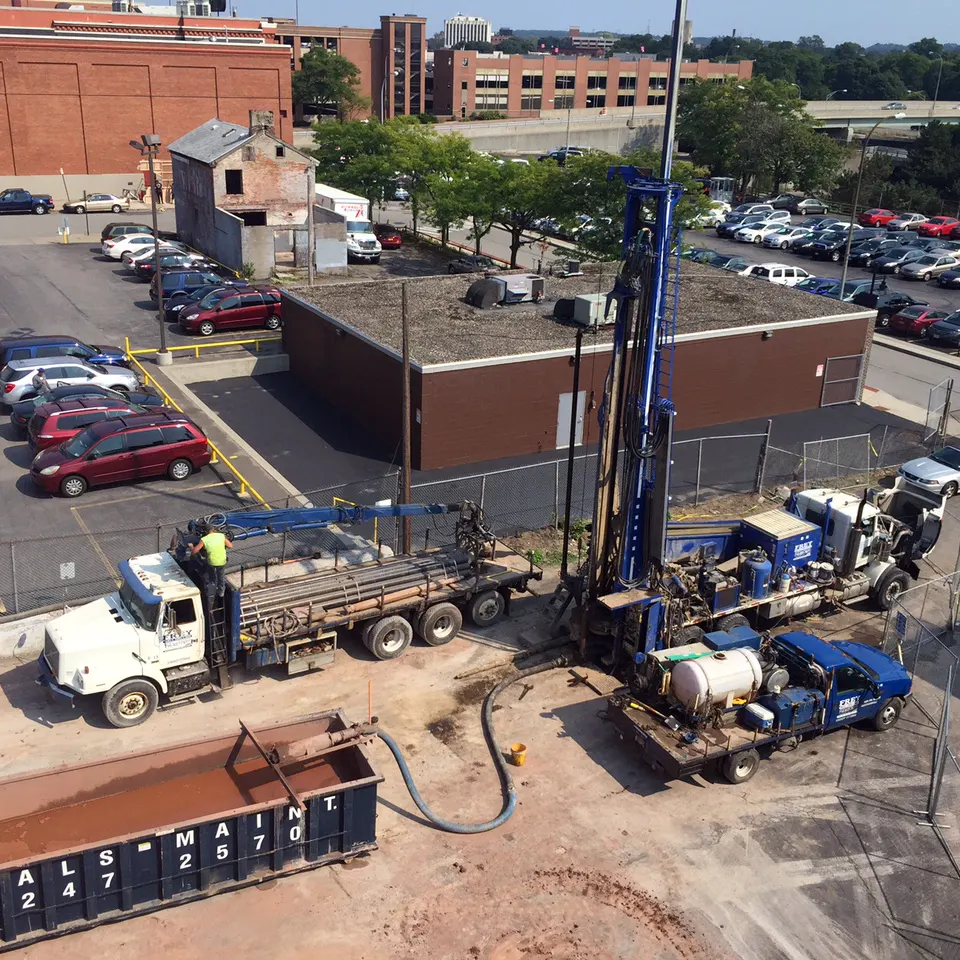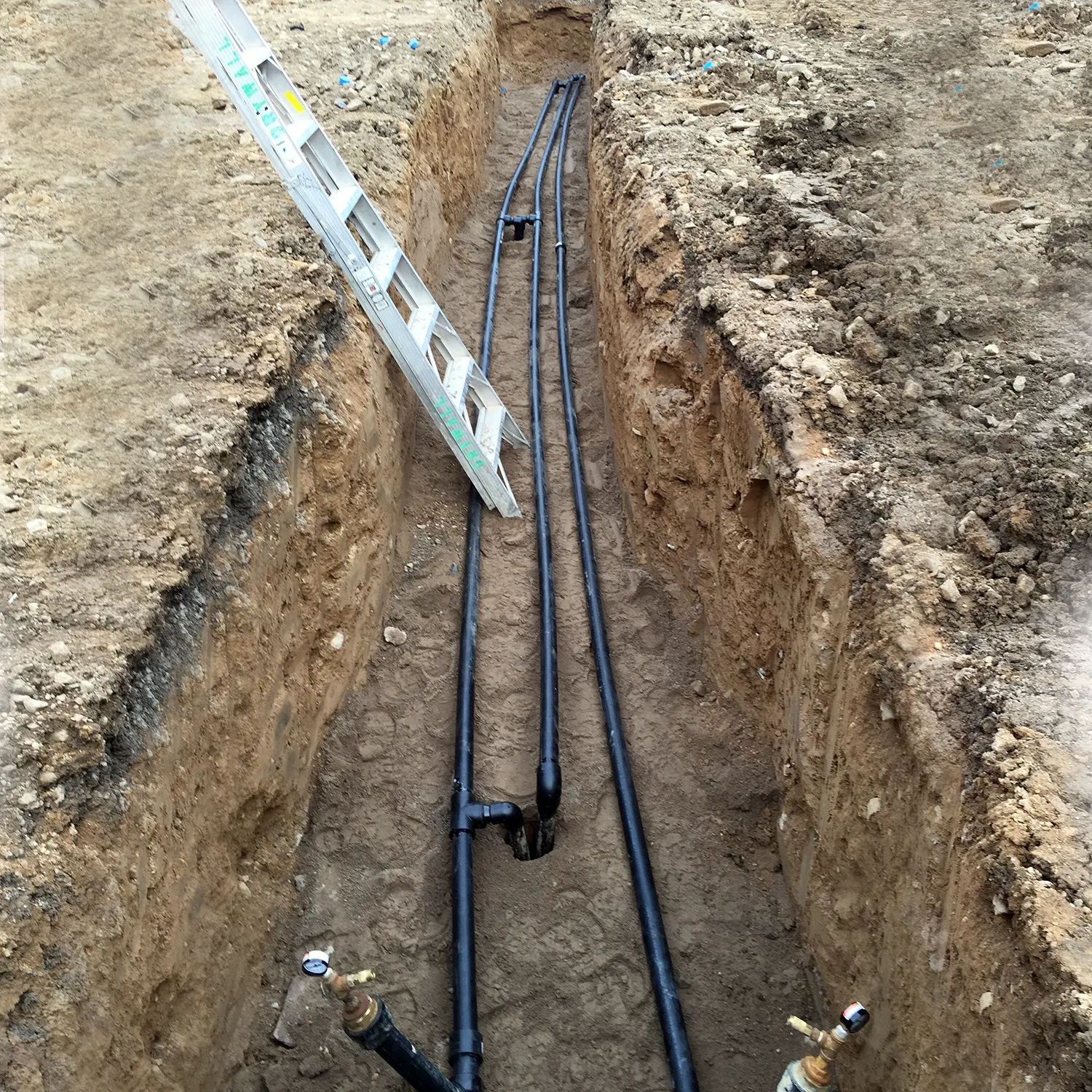Sustainable Design - Geothermal Energy
We are very excited about the possibilities that geothermal energy (also called geo-exchange) brings to the construction community. As communities push towards all-electric HVAC systems, geothermal makes perfect sense. Geothermal energy is always available, is not susceptible to extreme cold temperatures, reduces energy use in excess of 35%, and the loop field will last over 100 years. Geothermal also has the ability to capitalize on other sustainable design strategies such as high performance envelopes, energy recovery, solar shielding, and domestic water heating to further reduce the first cost of the geothermal energy system.
Increasing the investment in building envelopes, windows, and energy recovery results in a smaller HVAC system, which results in substantial cost savings in the geothermal energy system. Since most buildings are cooling dominant, by adding domestic water heating to the geothermal system, we can actually reduce the size of the geothermal well field, resulting in an overall reduced cost of the geothermal loop field. Seems counterintuitive, but it works!.
By creating an efficient building, with a geothermal energy system that reduces energy use by over 35%, a solar array can be provided that is substantially smaller than any alternative HVAC system. This can allow the building to approach Net Zero energy use.

Benefits of the Inflation Reduction Act
The Inflation Reduction Act recognizes the long term benefits of geothermal energy, and is encouraging its use by offering tax credits that may include:
- 30% Geothermal Tax Credit
- 10% Made-In-America Tax Credit
- 10% Brownfield Redevelopment Tax Credit
Geothermal Energy Case Study
One Woodbury Boulevard
In 2016, we designed the adaptive reuse of the 30,000-square-foot building that our office space resides in. We incorporated geothermal HVAC and domestic water heating systems, coupled with a 68 kW solar array on the roof. We compare our energy usage with an adjacent building with similar construction, renovated at approximately the same time. The geothermal building, coupled with solar energy, uses approximately 75% less energy than the adjacent building, and maintenance consists of replacing filters twice a year.



